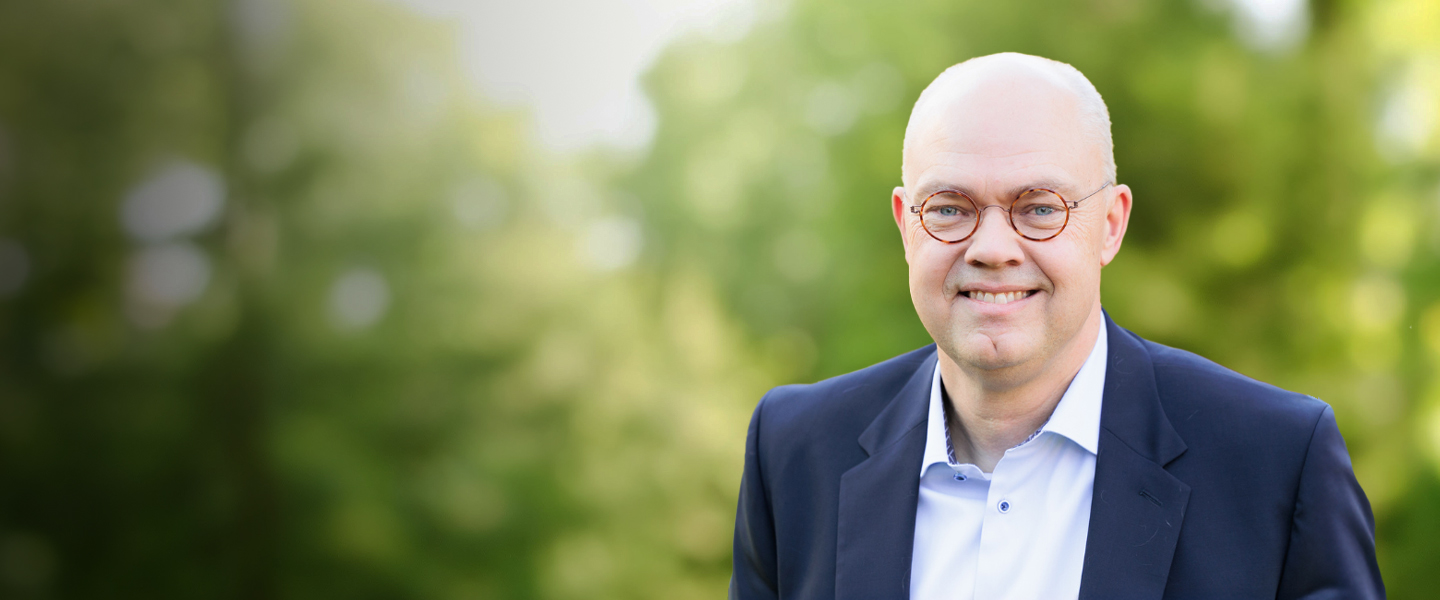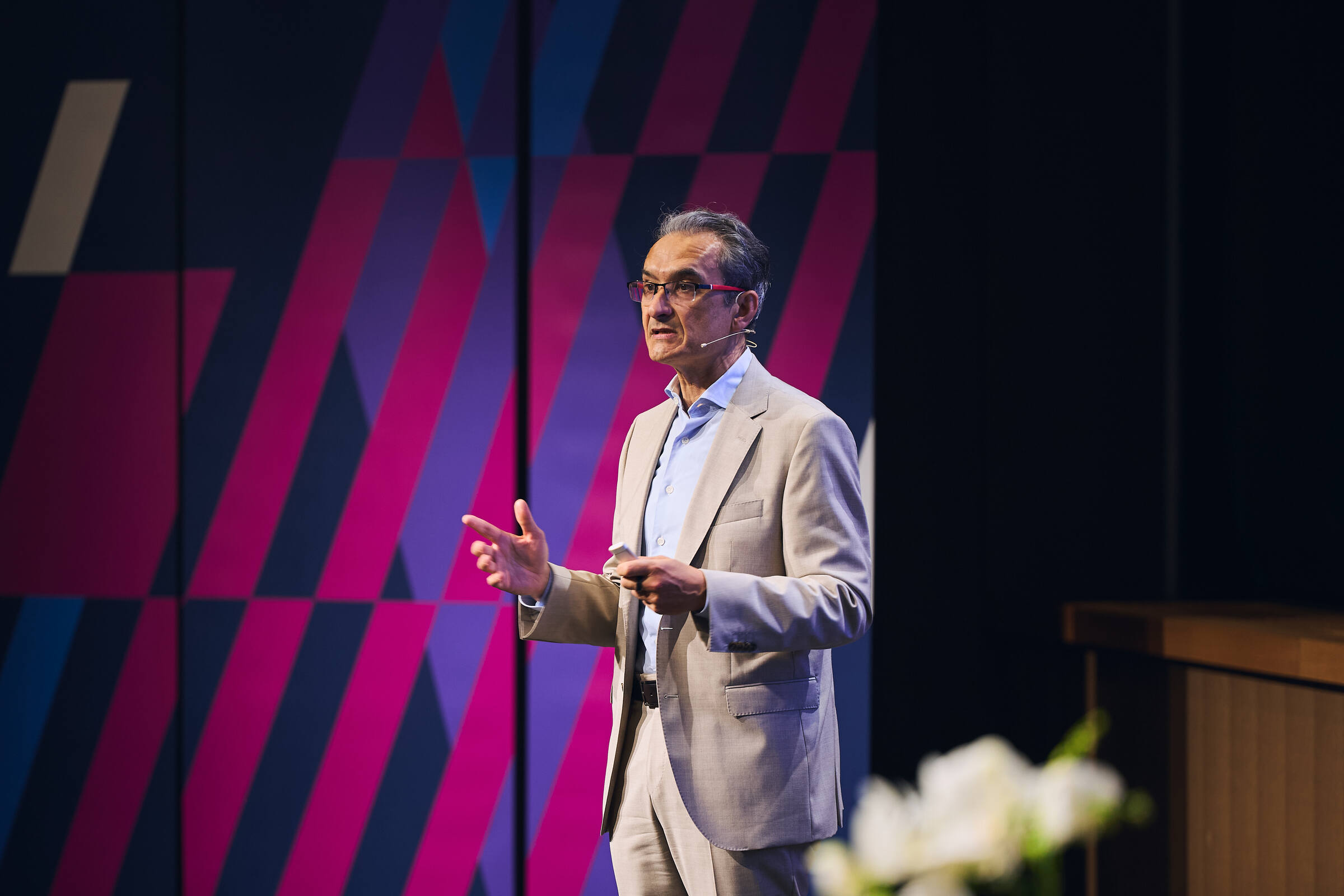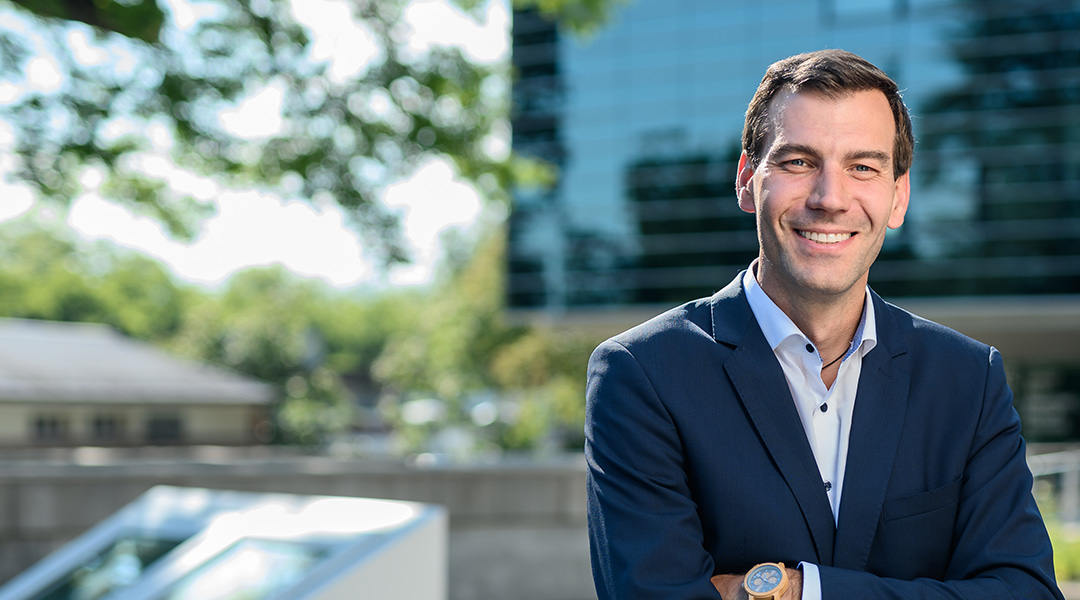Lundin: When it’s time to put your name on the door
Stockholm, 15 May 2014. At the annual Lundin Petroleum shareholder meeting, CEO Ashley Heppenstall reported on the company’s impressive results. With an SEK 42 (around $6.4) billion market capitalization, Lundin Petroleum had become Europe’s second largest independent upstream company 13 years after its inception. As Heppenstall put it, “every krona invested in late 2001 is worth over 40 krona today.” Attending the meeting were the founder’s sons, Ian and Lukas Lundin. They had joined their father’s entrepreneurial activities in 1984 and together developed the Lundin Group of Companies, which, by the end of 2013, comprised 12 publicly traded companies in the natural resource sector. Lukas led the mining businesses as chairman of Lundin Mining’s operations and Ian looked after the oil and gas activities as chairman of Lundin Petroleum. Together, they steered a group, which by 2014 had a market capitalization of over US$13 billion and had operated in over 35 countries all over the world, including some complex jurisdictions, such as Sudan and Libya. The business had come a long way since the early days and over time the brothers managed to leverage the founder’s reputation as a charismatic, visionary and adventurous entrepreneur to take the organization to the next level. They built a substantial corporate structure, developing the group’s producing companies into “solid mid-tiers and beyond.” A set of strategically focused exploration companies led to a worldwide portfolio of new oil fields in addition to copper, gold and diamond mines as well as uranium and iodine mines. Over the years, the Lundins built their reputation in an informal way, letting their achievements speak their own language to the closely knit, sensitive investor community. They discussed the best way to transition from an entrepreneurial first generation business to a more sustainable intergenerational family business, while still maintaining Adolf Lundin’s entrepreneurial spirit.
This case belongs to a series of company cases that exemplify best practices in family business governance, strategy and communications. It illustrates the unique perspectives that globally family-owned and family-controlled businesses face. It highlights the potential benefits and risks to companies of strategically positioning themselves as family businesses and communicating their family business identity to the internal and external stakeholder communities.
2014
Cranfield University
Wharley End Beds MK43 0JR, UK
Tel +44 (0)1234 750903
Email [email protected]
Harvard Business School Publishing
60 Harvard Way, Boston MA 02163, USA
Tel (800) 545-7685 Tel (617)-783-7600
Fax (617) 783-7666
Email [email protected]
NUCB Business School
1-3-1 Nishiki Naka
Nagoya Aichi, Japan 460-0003
Tel +81 52 20 38 111
Email [email protected]
IMD retains all proprietary interests in its case studies and notes. Without prior written permission, IMD cases and notes may not be reproduced, used, translated, included in books or other publications, distributed in any form or by any means, stored in a database or in other retrieval systems. For additional copyright information related to case studies, please contact Case Services.
Research Information & Knowledge Hub for additional information on IMD publications
Understanding conflict in family businesses is a complex but essential study area for practitioners and academics. To enhance theoretical precision and provide practical insights, this article presents a comprehensive framework of family business ...
Digital transformation introduces a new set of parameters for firm innovation. Existing literature has found that family firms vary on their willingness to innovate. However, explanations of the factors that lead to a family firm’s (un)willingness...

The choice between an in-house ceo and a professional from outside influences culture, strategy, and brand perception. A study of 63 Italian companies shows that the second option improves corporate reputation through greater credibility and exper...
Leadership in family businesses takes on special characteristics, as it is influenced by strong emotional components, high levels of control by leaders and often above-average tenure in the role compared to other business contexts. Precisely for t...

Family-owned businesses often possess unique strengths, such as long-term vision, shared purpose, and deep-rooted values that provide a strong foundation for success. However, when it comes to fostering trust and inclusivity among non-family emplo...
Research Information & Knowledge Hub for additional information on IMD publications
Research Information & Knowledge Hub for additional information on IMD publications
Research Information & Knowledge Hub for additional information on IMD publications
Research Information & Knowledge Hub for additional information on IMD publications
in Journal of Family Business Strategy June 2025, vol. 16, no. 2, 100660, https://doi.org/10.1016/j.jfbs.2025.100660
Research Information & Knowledge Hub for additional information on IMD publications
Research Information & Knowledge Hub for additional information on IMD publications
in Small Business Economics 24 May 2025, ePub before print, https://doi.org/10.1007/s11187-025-01057-8
Research Information & Knowledge Hub for additional information on IMD publications
Research Information & Knowledge Hub for additional information on IMD publications
Research Information & Knowledge Hub for additional information on IMD publications
Research Information & Knowledge Hub for additional information on IMD publications






